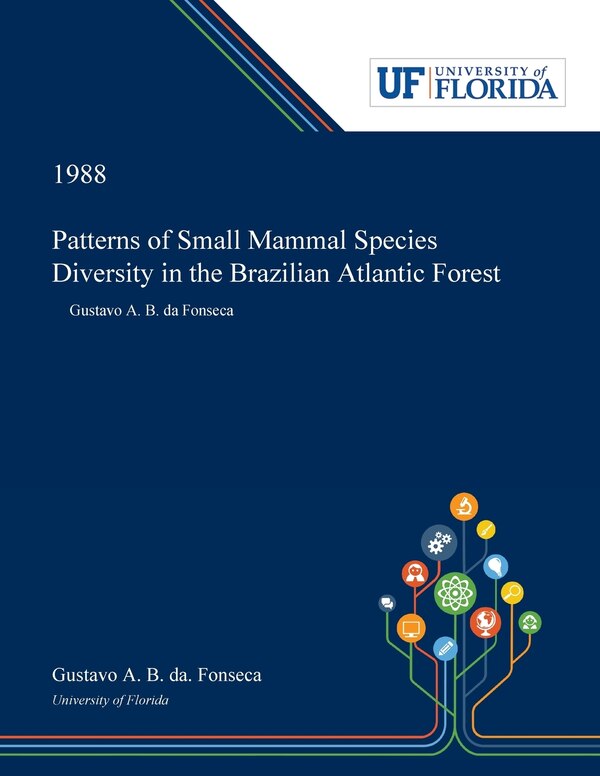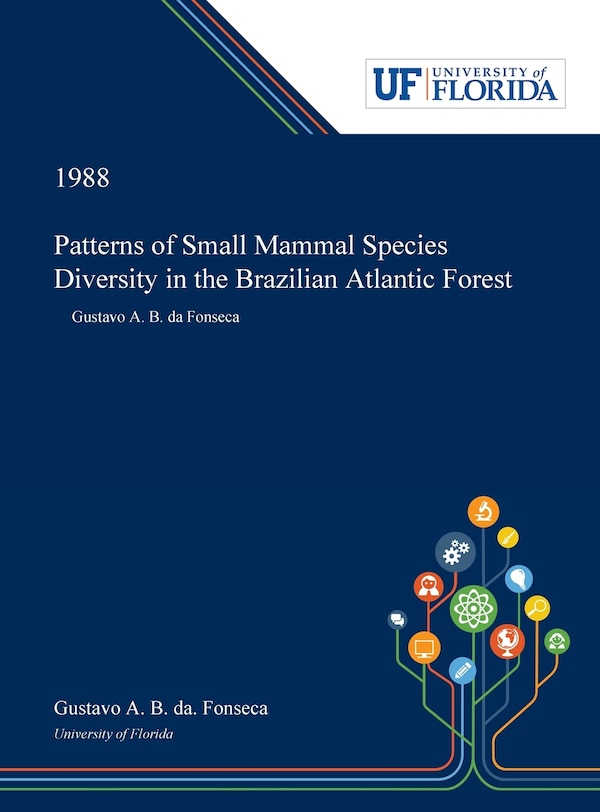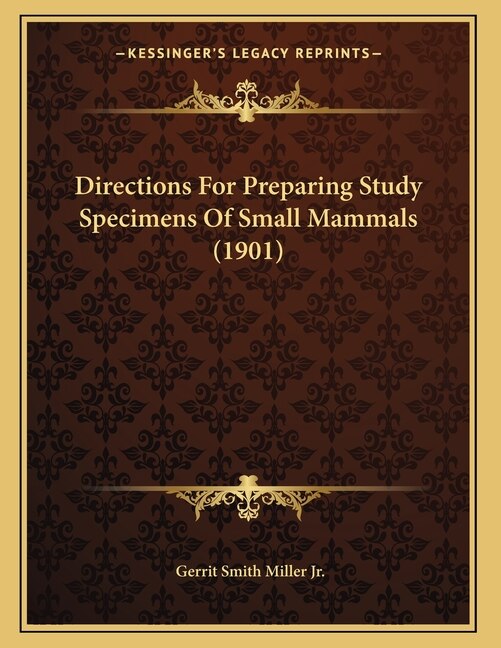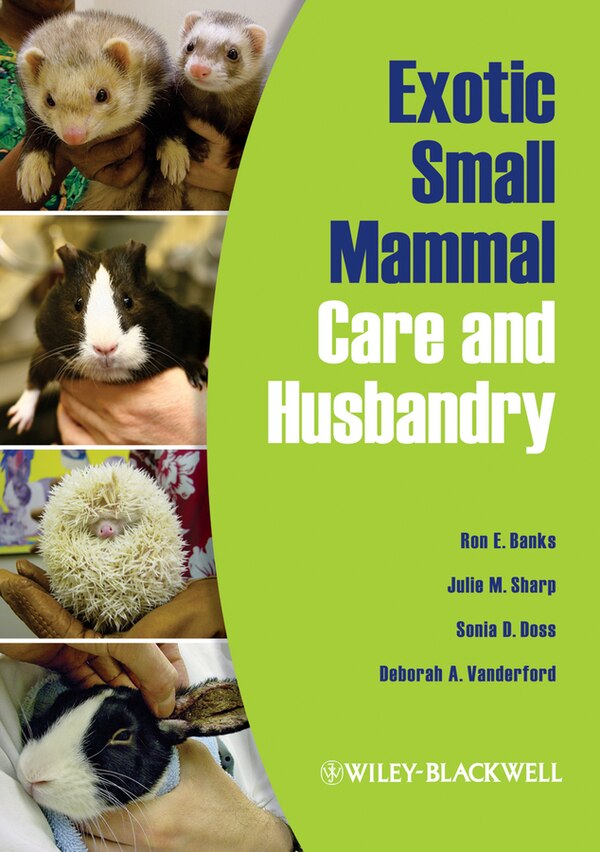Home
Patterns Of Small Mammal Species Diversity In The Brazilian Atlantic Forest by Gustavo Fonseca, Paperback | Indigo Chapters
Loading Inventory...
Indigo
Patterns Of Small Mammal Species Diversity In The Brazilian Atlantic Forest by Gustavo Fonseca, Paperback | Indigo Chapters
From Gustavo Fonseca
Current price: $69.00


Indigo
Patterns Of Small Mammal Species Diversity In The Brazilian Atlantic Forest by Gustavo Fonseca, Paperback | Indigo Chapters
From Gustavo Fonseca
Current price: $69.00
Loading Inventory...
Size: 0.51 x 11 x 1.27
*Product information may vary - to confirm product availability, pricing, shipping and return information please contact Indigo
Abstract:This study investigated the effects of forest fragment size and habitat structure on species richness and diversity of Brazilian Atlantic forest small mammal communities. During the course of 17 months of live-trapping, a total of 57, 120 trap nights accumulated in six forest plots. There were three size categories: small (60-80 ha.), medium (860 ha) and large (35, 973 ha). At each site two forest sections were selected for small mammal sampling: one in primary and another in secondary succession stage. A total of 692 individuals belonging to 19 species were trapped 1, 366 times. Species diversity was measured using the Shannon-Wiener index H' and also a weighted version of this index that takes into account the number of individuals of each species trapped at the forests. The modified index was developed specifically for this study. The richest and most diverse forest for small mammals was the large secondary fragment, while the least diverse was the small mammal community of the small primary forest. Overall, species diversity is lower among primary forests, and also in forests of decreasing size. However, area sizel species relationship was only observed among secondary forests. It is postulated that primary forests are less complex habitats, when compared to secondary habitats in mid-stages of succession. Therefore, area size/species relationships should only be applied to conservation schemes if habitat structure is taken into account. By using multivariate regression methods in the investigation of the structural and size predictors of small mammal species diversity, it was possible to separate the effects of area size from those of habitat structure. Approximately half of the variance in small mammal species diversity between secondary forest fragments can be explained by area size, while habitat structure accounts for about 45% of the variation. Dissertation Discovery Company and University of Florida are dedicated to making scholarly works more discoverable and accessible throughout the world. This dissertation, "Patterns of Small Mammal Species Diversity in the Brazilian Atlantic Forest" by Gustavo A. B. da. Fonseca, was obtained from University of Florida and is being sold with permission from the author. A digital copy of this work may also be found in the university's institutional repository, IR@UF. The content of this dissertation has not been altered in any way. We have altered the formatting in order to facilitate the ease of printing and reading of the dissertation. | Patterns Of Small Mammal Species Diversity In The Brazilian Atlantic Forest by Gustavo Fonseca, Paperback | Indigo Chapters















